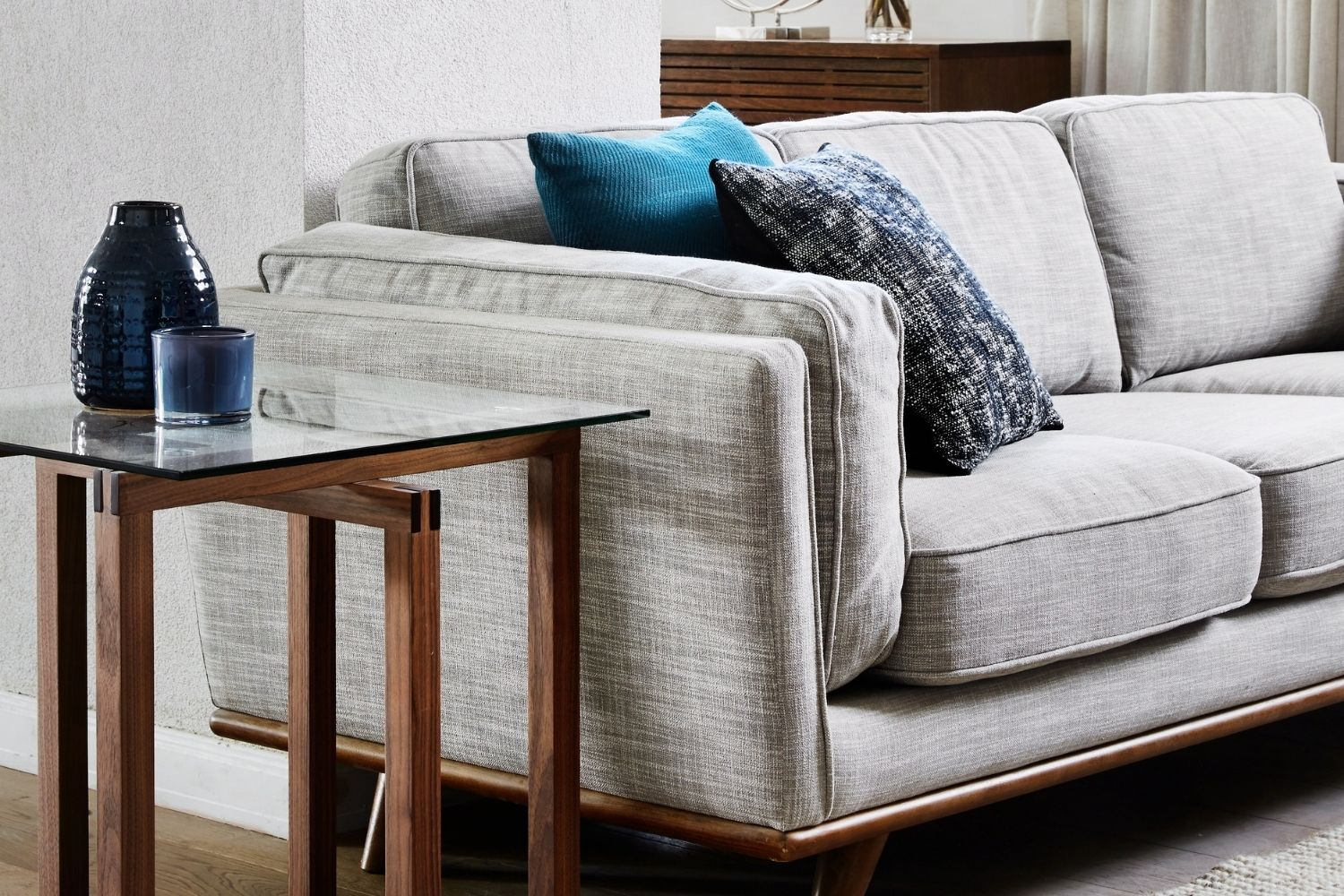How often should you be replacing household items? Find out here!
- Replies 30
Although there is no harm in being sentimental and reluctant to part with our personal belongings, a professional housekeeper advises that there are many items we use on a daily basis that should be changed far more frequently than we might care to admit.
The expert wrote a piece for a website aimed at homemakers in which she stressed the significance of maintaining a record of the ‘used-by’ dates of all of your home appliances, furnishings, and linens.
Personally, we think you should also do this with everything perishable that is currently stored in your refrigerator and kitchen pantry, but that is a subject for another discussion, so let's move on.
Here, we'll talk about the things we use every day and when it would be best to finally get rid of them and replace them with newer ones.

Some things we use every day should be replaced more often than we might think. Credit: Shutterstock.
When should you replace these things in your home?
Beddings and sheets: Two years
Regardless of how often and how carefully you wash your sheets, you still need to replace them every two years. There is, however, an exception to this rule: if it is made from high-quality linen, it can be kept for up to five years as long as it does not seem to be severely damaged or worn out.
Towels: Two years
Towels, much like bedsheets, should only be used in your home for a maximum of two years and should be washed every two or three times before being reused.
The more they are washed, the less they will absorb. It is time to get a new set of towels when they become less effective at absorbing water; in most cases, this occurs at around the two-year mark.
Toilet brushes: Six to twelve months
This one is self-explanatory.
Shower curtain: Three months
Unless well-cleaned but you don’t want any mould hanging around.
Bathroom mats: One year
Like towels, whenever it stops being absorbant.
Door mats: It depends
Once the bristles become worn out.
Kitchen sponges: It depends
Once they look worn or begin to smell.
Non-stick pans: Five years
In general, non-stick pans have a long lifespan, but when their surfaces start to degrade and lose their non-stick quality, it may be time to replace them.
Small appliances (toasters, blenders, and coffee grinders): Ten to twelve years
Depending on how frequently they are used, smaller home appliances such as toasters, blenders, and coffee grinders can have a lifespan of anywhere from ten to twelve years.
However, there are other parts, such as filters, that need to be inspected more frequently and replaced once every six months. There are usually filters in vacuum cleaners, microwaves, and dishwashers as well, so make sure to check them regularly too.

With the right care and protection, a couch can survive for up to fifteen years. Credit: Better Homes and Gardens.
Couch: Seven to fifteen years
Couches are among the items in our house that have the potential to last the longest; however, this depends on whether or not they are protected from their surroundings. However, there are a number of things that can shorten this, like excessive use, sharp items piercing the cover, or animals (especially cats) scratching the surface.
Bedroom pillows: One to two years
Keep in mind that bed pillows can also become a breeding ground for bacteria, so in addition to washing them frequently, you should replace them every two years.
Throw pillows: Five to ten years
On the other hand, throw pillows don't get used as often, so they can last anywhere from five to ten years.
Mattresses: Seven to eight years
Just like with bedding, how long a mattress lasts depends on its quality, who uses it, and the weather, because it can be an ideal place for bacteria to grow.
So what do you think about this list, members? Do you follow these guidelines for replacing common household items?
We must admit that several of these are already past their prime in our home, so we better visit the shops for newer ones! If you have more to add to the list, please feel free to comment below.
The expert wrote a piece for a website aimed at homemakers in which she stressed the significance of maintaining a record of the ‘used-by’ dates of all of your home appliances, furnishings, and linens.
Personally, we think you should also do this with everything perishable that is currently stored in your refrigerator and kitchen pantry, but that is a subject for another discussion, so let's move on.
Here, we'll talk about the things we use every day and when it would be best to finally get rid of them and replace them with newer ones.
Some things we use every day should be replaced more often than we might think. Credit: Shutterstock.
When should you replace these things in your home?
Beddings and sheets: Two years
Regardless of how often and how carefully you wash your sheets, you still need to replace them every two years. There is, however, an exception to this rule: if it is made from high-quality linen, it can be kept for up to five years as long as it does not seem to be severely damaged or worn out.
Towels: Two years
Towels, much like bedsheets, should only be used in your home for a maximum of two years and should be washed every two or three times before being reused.
The more they are washed, the less they will absorb. It is time to get a new set of towels when they become less effective at absorbing water; in most cases, this occurs at around the two-year mark.
Toilet brushes: Six to twelve months
This one is self-explanatory.
Shower curtain: Three months
Unless well-cleaned but you don’t want any mould hanging around.
Bathroom mats: One year
Like towels, whenever it stops being absorbant.
Door mats: It depends
Once the bristles become worn out.
Kitchen sponges: It depends
Once they look worn or begin to smell.
Non-stick pans: Five years
In general, non-stick pans have a long lifespan, but when their surfaces start to degrade and lose their non-stick quality, it may be time to replace them.
Small appliances (toasters, blenders, and coffee grinders): Ten to twelve years
Depending on how frequently they are used, smaller home appliances such as toasters, blenders, and coffee grinders can have a lifespan of anywhere from ten to twelve years.
However, there are other parts, such as filters, that need to be inspected more frequently and replaced once every six months. There are usually filters in vacuum cleaners, microwaves, and dishwashers as well, so make sure to check them regularly too.
With the right care and protection, a couch can survive for up to fifteen years. Credit: Better Homes and Gardens.
Couch: Seven to fifteen years
Couches are among the items in our house that have the potential to last the longest; however, this depends on whether or not they are protected from their surroundings. However, there are a number of things that can shorten this, like excessive use, sharp items piercing the cover, or animals (especially cats) scratching the surface.
Bedroom pillows: One to two years
Keep in mind that bed pillows can also become a breeding ground for bacteria, so in addition to washing them frequently, you should replace them every two years.
Throw pillows: Five to ten years
On the other hand, throw pillows don't get used as often, so they can last anywhere from five to ten years.
Mattresses: Seven to eight years
Just like with bedding, how long a mattress lasts depends on its quality, who uses it, and the weather, because it can be an ideal place for bacteria to grow.
So what do you think about this list, members? Do you follow these guidelines for replacing common household items?
We must admit that several of these are already past their prime in our home, so we better visit the shops for newer ones! If you have more to add to the list, please feel free to comment below.







